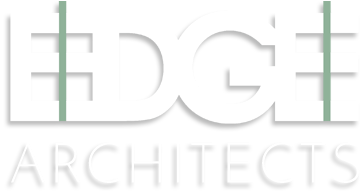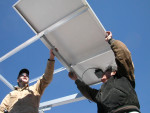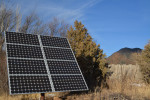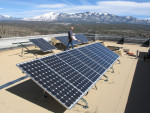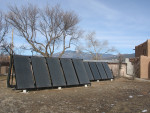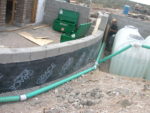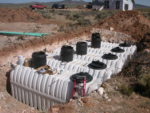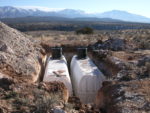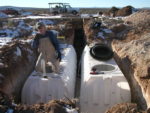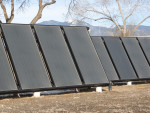Environmentally responsive design is the process of making informed choices to create both healthy and comfortable buildings that exist harmoniously with the environment of their inhabitants. EDGE is committed to making sustainability a top priority. We believe that Sustainable Design is not an element that is added after the initial building design but an essential building block to be considered from the very beginning of the Design Process. We believe that in order to respect our natural resources, Architecture must be responsive to human needs without sacrificing the needs of future generations.
Structures take too much energy to be temporary. We want to build something beautiful and substantial, therefore incorporating techniques for energy efficiency, resource conservation and use of natural/non-toxic materials is as essential to the project as the aesthetic and structural concerns. We conserve resources by building things right the first time and we will always recommend using materials of the best quality, within the budget, so that future monies can be spent adding to the building rather than replacing shoddy materials.
The initial programming takes into account the feasibility and appropriateness of all components of green design. Some of the elements of green design that are considered at the outset are:
– Orientation of the building on the site to take advantage of passive solar gain and natural convective cooling
– Landscaping the site to shade the building in the summer and to allow passive solar gain in the winter
– Utilizing natural daylight to reduce lighting costs and reap the health benefits of natural light while also reducing the production of unwanted heat
– Active solar panels to provide electricity and/or hot water
– Providing an insulated building which exceeds the building code requirements to reduce the dependence on mechanically heated and cooled spaces
– Use of high performance mechanical systems to reduce energy consumption
– Maximizing water efficiency with site appropriate landscaping, low-flow water fixtures and grey water re-use for tasks such as gardening
– Directing rainwater from roofs to irrigate landscaping and to serve household needs
– Reducing construction through careful planning, an understanding of materials, and coordinated recycling programs
– Using materials that are locally available, indigenous, naturals and/or removed from waste streams (recycled or re-used)
– Minimizing built square-footage by maximizing the use of space to include multi-function spaces, creating open spaces on the site
– Conserving resources by ensuring that projects are built thoughtfully the first time with the best quality materials available within the budget
